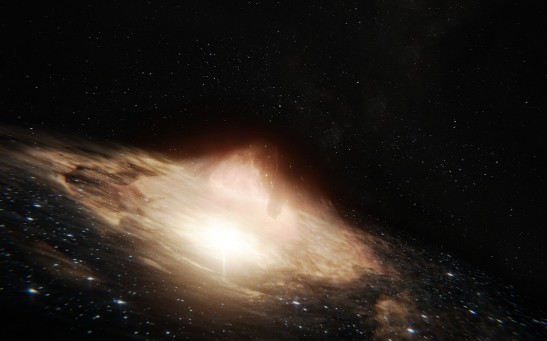Quasar
12-Billion-Year-Old and Largest Water Reservoir in Universe Discovered Floating Around a Massive Feeding Black Hole
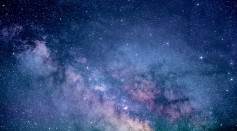
Hubble Telescope Finds Rare Double Quasars on the Verge of Collision; These Cosmic Objects Serve as Hallmarks of the Early Universe, Scientists Say
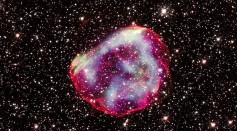
Mythical Supernova Remnant From Star Found: Will It Help Astronomers Reveal Origin of Universe?
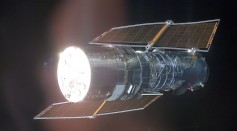
Hubble Space Telescope Captures Stunning Image of Unique Group of Galaxies in Its 32nd Anniversary
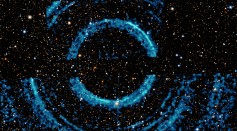
X-ray Rings from Black Hole in Cygnus Constellation Reveal Invisible Space Dust
New Research Allows Easy Mapping of Rare Extragalactic Quasars
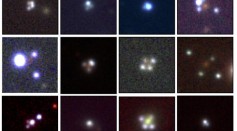
12 New Quadruple Quasars Spotted; Could Reveal Universe’s Rate of Expansion
Double Trouble! Hubble Telescope Detects Two Sets of Twin Quasars
Experts Heard Radio Blast from Billion Years Away
New Unit BAO Reveled By Astronomers To Measure The Distances Between Galaxies And Quasars
A Newest Batch Of 16 Quasars: Detect By Astronomers That Exhibit High Redshift
Rare Quasar Quartet is the First of Its Kind
Andromeda's Halo and Its Gaseous Glow
Ghosts of Quasars Past—Hubble Telescope Reveals Phantom of Eight Galaxies
Most Popular

How Technology Is Changing the Real Estate Industry?

How a Plant-Based Diet Can Protect Against Breast Cancer: Insights from Nutrition Research

Study Reveals High Turnover in Scientific Research Careers: What This Means for Future Scientists

Nikolay Karpenko Biography, Photo, Career, Accomplishments

